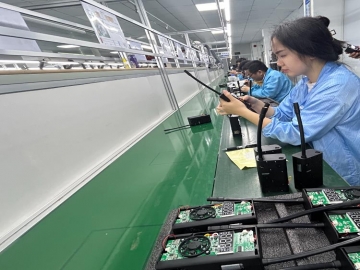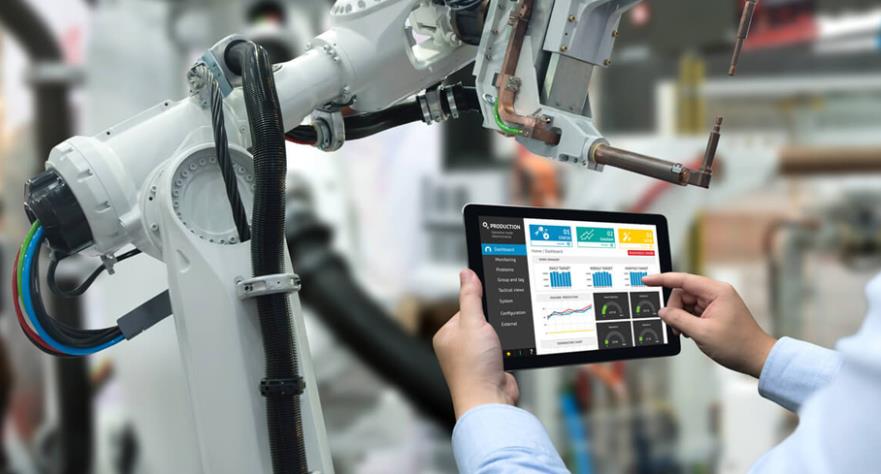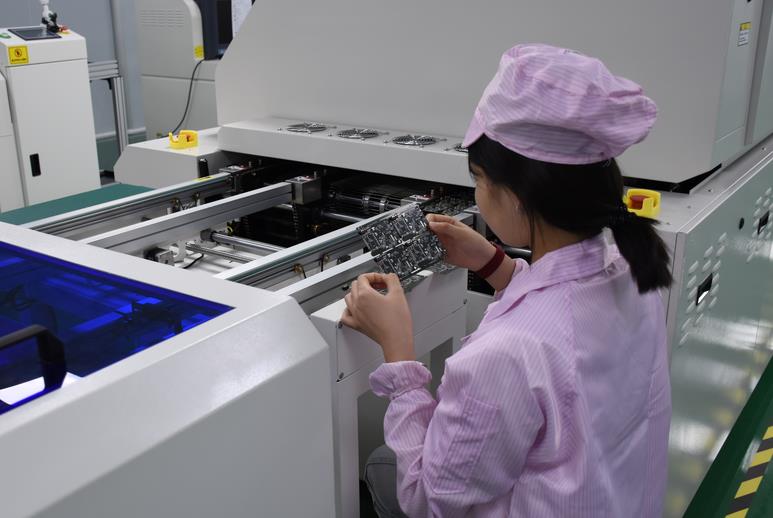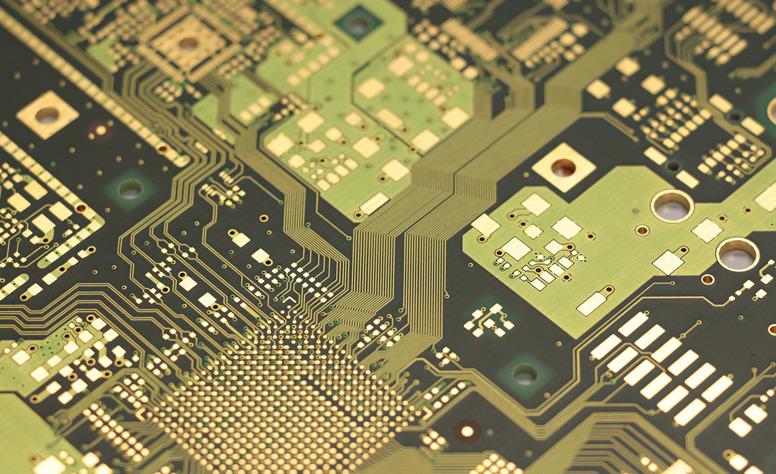What are the common testing equipment for PCBA process?
SPI inspection: Solder Paste inspection
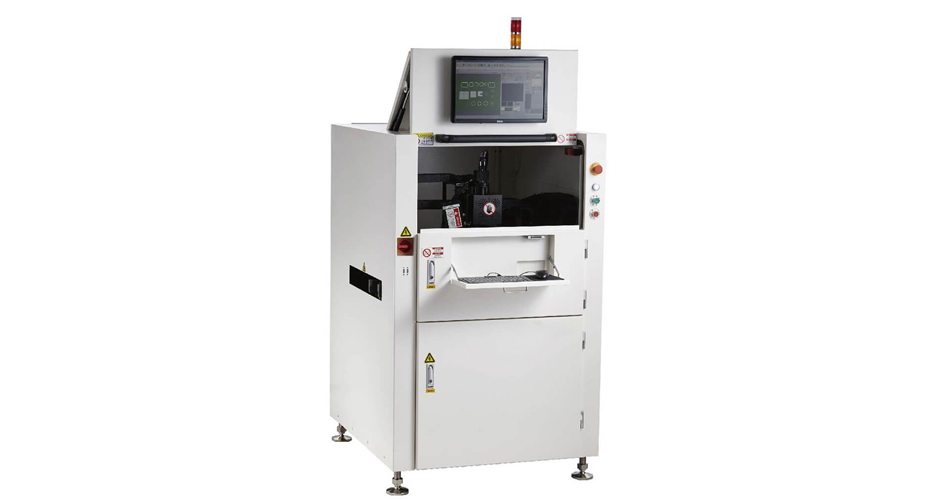
SPI can detect the printing quality of solder paste, and can detect the height, area, volume, offset, short circuit, etc. of solder paste. The function of on-line SPI: real-time detection of the volume and shape of solder paste. Reduce the defects of the SMT production line, and the test results are fed back to the solder paste printing process, and the status and parameters of the printing machine can be adjusted in time.
AOI inspection: Automatic optical inspection
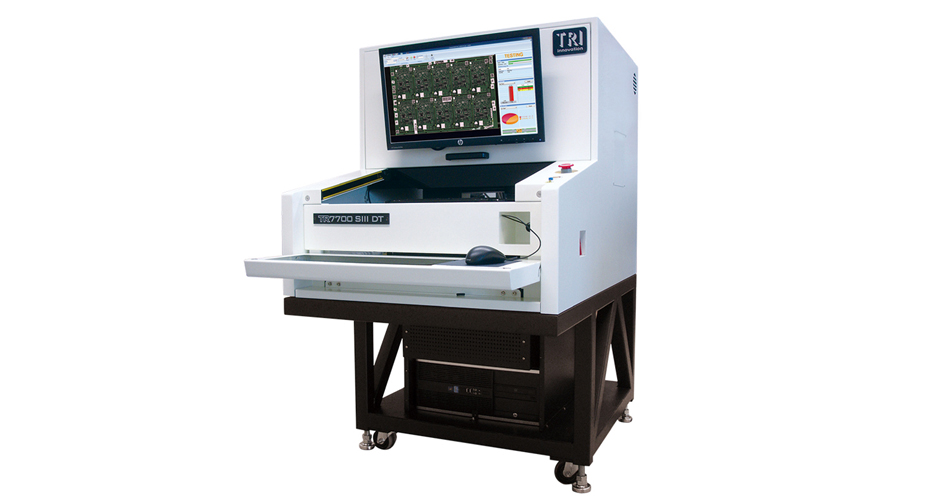
The so-called optical inspection is to take pictures of the detection elements with an optical lens, and then analyze and detect the photos. AOI automatic optical detector can be placed in many positions in SMT factories, but it is generally placed behind reflow soldering in actual processing, and is used to detect the welding quality of PCBA after reflow soldering, so as to find and eliminate defects such as less tin, less material, virtual soldering, and tinning in time.
Generally, AOI testing equipment includes two parts, one is testing equipment, and the other is rework equipment, which can detect the existence and absence of components, the polarity and character of the components, and ensure the accuracy of patch installation. After the furnace front patch: the element is missing/present; offset (X, Y, θ values); Revolve; Flip piece; Lateral standing; polarity, etc.
X-RAY detection
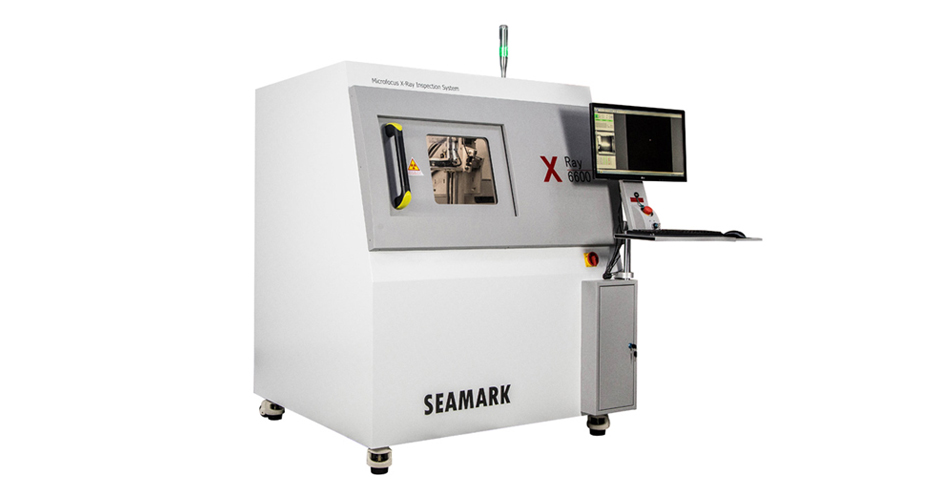
X-RAY is actually a commonly used X-ray in hospitals, which uses high voltage to hit the target to produce X-ray penetration to detect the internal structure and structure quality of electronic components and semiconductor packaging products, as well as the welding quality of various types of SMT solder joints.
ICT Testing: In Circuit Tester Automatic In-line Tester
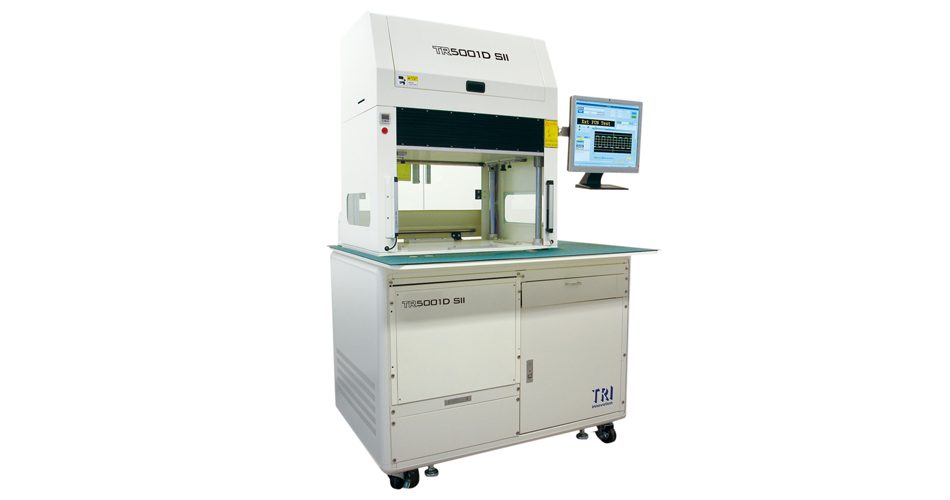
ICT is an automatic in-line tester with a wide range of applications and simple operation. The ICT automatic online tester is mainly for production process control, and can measure resistance, capacitance, inductance, and integrated circuits. It is particularly effective for detecting open circuits, short circuits, component damage, etc., with accurate fault location and convenient maintenance.
ICT automatic online tester is a test equipment for PCBA (Printed- Circuit Board Assembly, printed circuit board assembly) production that is essential for modern electronics enterprises, with a wide range of ICT use, high measurement accuracy, and clear indication of the detected problems, even if the workers with average electronic technology level are very easy to deal with the problematic PCBA. The use of ICT can greatly improve production efficiency and reduce production costs. 2. ICT Test is mainly used to test the test probe to contact the test point of PCB layout to detect the open circuit, short circuit, and welding of all parts of the PCBA, which can be divided into open circuit test, short circuit test, resistance test, capacitance test, diode test, transistor test, field effect tube test, IC pin test (testjet' connect check) and other general and special components of missing installation, wrong installation, parameter value deviation, solder joint welding, The circuit board is faulted such as open and short circuits, and the fault is accurately told to the user which component or open and short circuit is located at which point. (High identification ability for soldering tests of components)
ICT (In-Circuit Test) is a standard test method to check for manufacturing defects and defective components by testing the electrical properties and electrical connections of in-line components. It mainly checks the open and short circuit of a single component and each circuit network on the line, and has the characteristics of simple operation, fast and rapid, and accurate fault location. is a component-level test method used to test each component on an assembled circuit board
Flying Probe ICT basically only performs static testing, which has the advantage that there is no need to make fixtures and the program development time is short.
Bed-of-nails ICT can be used to test the functions of analog devices and the logic functions of digital devices, with high fault coverage, but special bed-of-nails fixtures need to be made for each type of board, and the fixture production and program development cycle is long.
ATE Testing: Automatic Test Equipment
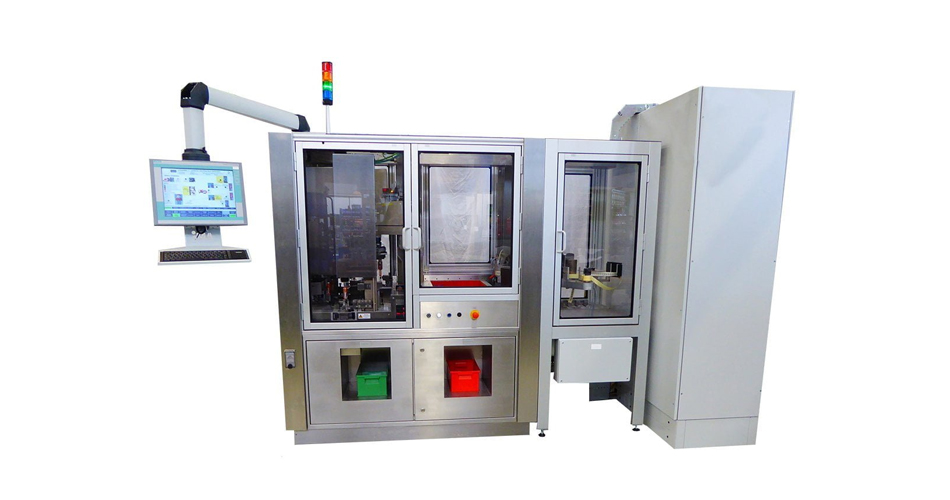
Integrated circuit (IC) automatic testing machine is used to test the integrity of integrated circuit functions, which is the final process of integrated circuit manufacturing to ensure the quality of integrated circuit manufacturing.
In the manufacturing process of all electronic components (Devices), there is a need to remove the false and retain the true, which is actually a process of experimentation. In order to realize this process, various test equipment is required, which is called ATE (Automatic Test Equipment). The electronic components DUT (Device Under Test) mentioned here certainly includes IC categories, in addition, it also includes discrete components and devices. ATE exists in all aspects of the front end and back end, depending on the requirements of the process design.
In the process flow of components, there are various links that need to be tested according to the needs of the process. The purpose is to screen defective products, prevent them from entering the next process, and reduce redundant manufacturing costs in the next process. These links need to be grasped through a variety of physical parameters, which can be various parameters such as light, electricity, waves, mechanics and so on in the real physical world, but most of the common ones are electronic signals. The most important thing for ATE design engineers to consider is the basic physical parameters of the electronic part, such as time, phase, voltage and current, etc. That's what electronics calls signal processing.
FCT Test: Functional Circuit Test
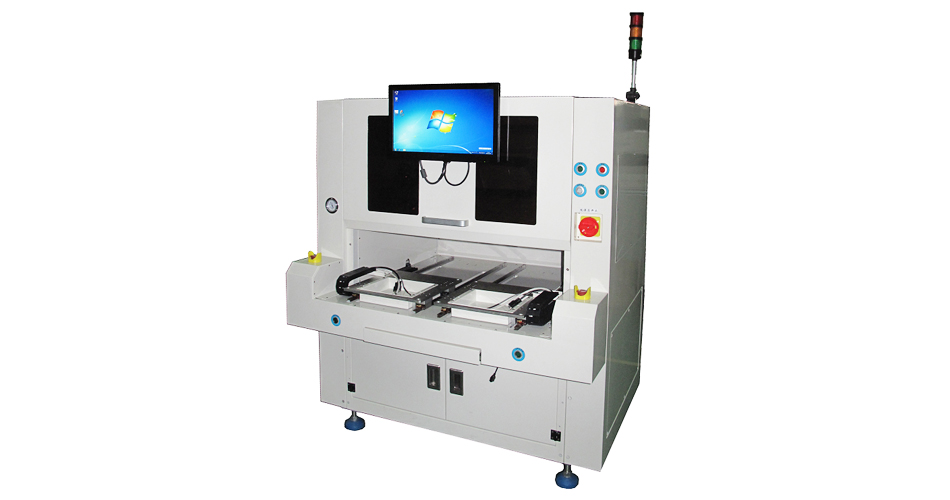
FCT (Functional Test) refers to a test method that provides a simulated operating environment (excitation and load) for the UUT (Unit Under Test) to make it work in various design states, so as to obtain the parameters of each state to verify the function of the UUT. Put simply, the UUT is loaded with the appropriate stimulus to measure whether the output response meets the requirements. Generally, it refers to the functional test of PCBA.
According to the different control modes, the functional test can be divided into manual control function test, semi-automatic control function test, and fully automatic control function test. The earliest functional tests were mainly manual and semi-automatic. For some simple functional tests of the board under test, we sometimes use manual or semi-automatic testing solutions based on simplifying the design and reducing production costs. With the development of science and technology, in order to save production costs, the vast majority of functional tests are fully automated solutions. A more common classification is based on the type of controller that is functionally tested. In the functional test, we commonly use MCU control mode, embedded CPU control mode, PC control mode, PLC control mode, etc.
According to the different control modes, the functional test can be divided into manual control function test, semi-automatic control function test, and fully automatic control function test. The earliest functional tests were mainly manual and semi-automatic. For some simple functional tests of the board under test, we sometimes use manual or semi-automatic testing solutions based on simplifying the design and reducing production costs. With the development of science and technology, in order to save production costs, the vast majority of functional tests are fully automated solutions. A more common classification is based on the type of controller that is functionally tested.
Tags: PCBA /testing_equipment /
Prev: No more...
Next: How to correctly import MES systems into PCBA electronic processing plants?


